
Home | Card Index | | | |
 Home | Card Index | | | | |
Dada Cream & Dadaism - Is there a relationship? |
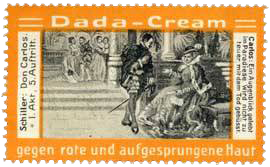 |
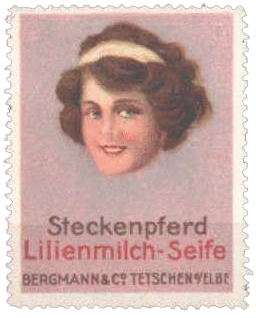 |
Bergmann & Co. was founded in 1885 (anniversary label, lower right) as a manufacturer of soaps. It's first product was Steckenpferd Seife, meaning Hobbyhorse Soap. It quickly developed both pine tar soaps for animals and high end soaps especially targeted to young ladies and their children. By 1907 they had diversified by adding a line of fine soap, facial creams and hair conditioners under the brand name Dada, which is a colloquial french term for a hobbyhorse, or Steckenpferd. Dada Cream soap was a popular brand throughout German-speaking Europe and was used by Bergmann as a wedge product to claim a larger slice of the fine soap market in the rest of Europe. It was in common use in Zurich, where Bergman had one of its regional factories. This is important because it helps explain why a certain Zurich cabaret act took up the name by 1916 (see Dada in Zurich, by Bolliger, Magnaguagno and Meyer, 1985 edition, page 85), from whence it spread to Berlin and New York, giving its name to a new movement, Dadaism. Well, that's one theory. For others check out this Wikipedia entry. |
||
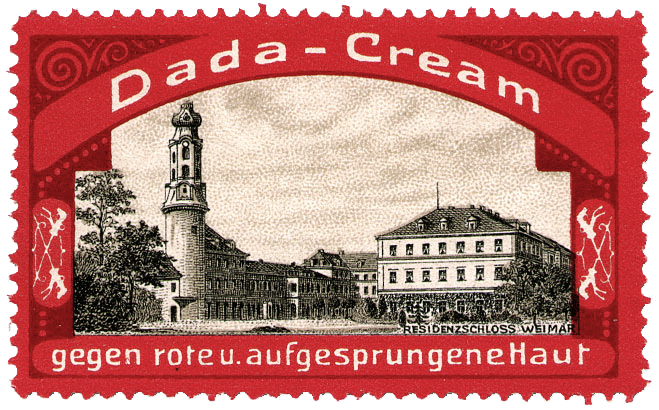 |
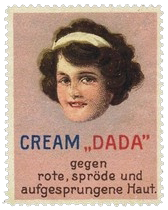 |
|||
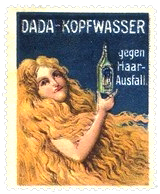 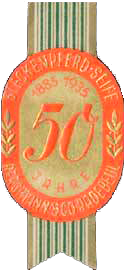 |
||||
|
|
||||
|
|
||||
| Back | Last updated 9/09/2013 |

|
 |
|
©2013 by Charles M. Nelson All rights reserved. |